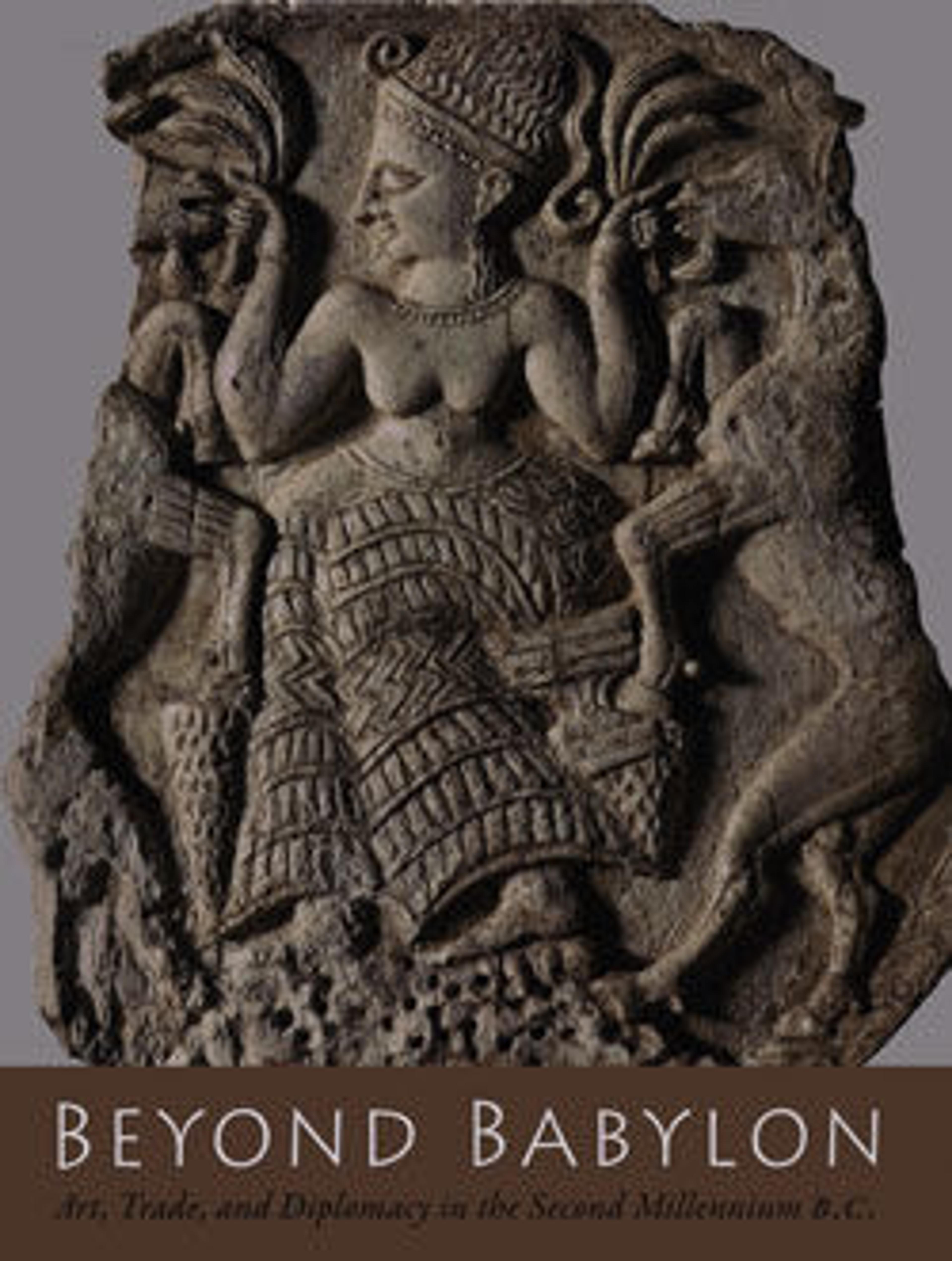Mechanical Dog
Artwork Details
- Title: Mechanical Dog
- Period: New Kingdom
- Dynasty: Dynasty 18
- Reign: reign of Amenhotep III
- Date: ca. 1390–1352 B.C.
- Geography: From Egypt
- Medium: Ivory (elephant)
- Dimensions: L. 18.2 × H. 6.1 × W. 3.6 cm (7 3/16 × 2 3/8 × 1 7/16 in.)
- Credit Line: Rogers Fund, 1940
- Object Number: 40.2.1
- Curatorial Department: Egyptian Art
Audio
3420. Dog and Gazelle
Gallery 119
This dog strains every muscle, leaping forward in an incredibly dynamic pose. Behind its forelegs, isa lever. If this is pushed up and down, the dog opens and closes its mouth as if barking.
The Egyptians kept dogs for many of the same reasons that we do—for hunting, as watchdogs or status symbols, even as pets. Often, they gave dogs names like Blacky, Son-of-the-Moon, and even Good-for-Nothing. But dogs could also have a deeper symbolic meaning. This little carving was probably considered a magical object. In Egyptian art, leaping dogs often join the pharaoh in a battle against chaotic forces. This masterful sculpture could help the pharaoh continue to uphold universal order, even in the afterlife.
Behind the dog, there’s an elegant gazelle. Her smooth lustrous body is carved from a single piece of ivory. Around the hooves, images of desert plants are incised into the wood and filled with blue pigment. The animal’s horns are missing.
Gazelles lived under extremely harsh conditions in the arid desert at the edge of the Nile valley, so Egyptians venerated them for their powers of strength and renewal. In fact, gazelles were so honored that they were sometimes preserved for eternity. Elsewhere in the Egyptian galleries, you’ll find the dried body of a real gazelle that was buried with the mummy of a lady.
More Artwork
Research Resources
The Met provides unparalleled resources for research and welcomes an international community of students and scholars. The Met's Open Access API is where creators and researchers can connect to the The Met collection. Open Access data and public domain images are available for unrestricted commercial and noncommercial use without permission or fee.
To request images under copyright and other restrictions, please use this Image Request form.
Feedback
We continue to research and examine historical and cultural context for objects in The Met collection. If you have comments or questions about this object record, please contact us using the form below. The Museum looks forward to receiving your comments.
